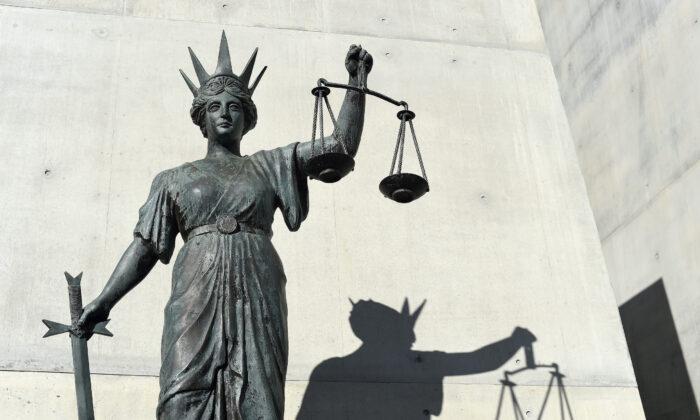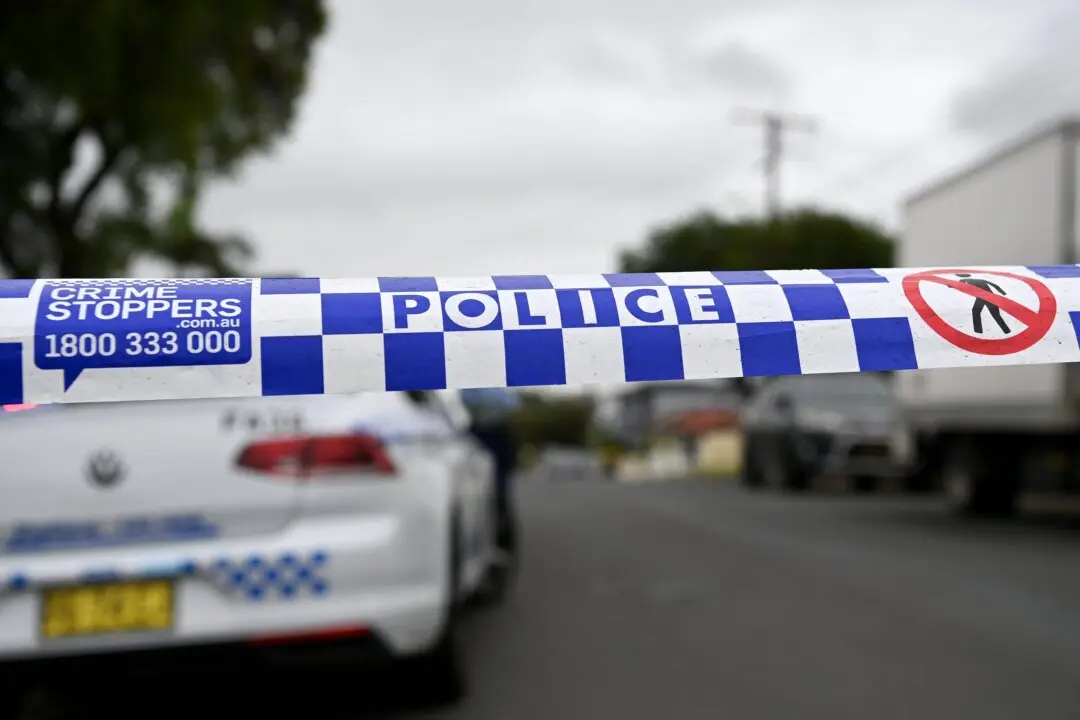Rules that will see Australian drivers offered more efficient and less polluting vehicles over the next five years have been welcomed by environmental and motoring groups despite earlier clashes over the legislation.
The Labor government’s proposed New Vehicle Efficiency Standard passed the parliament on May 16 with the support of the Greens, following two public consultations and two years of debate over its content.
But while environmental and motoring groups welcomed the change and its potential to bring Australian regulations in line with the rest of the world, some warned challenges would lie ahead including securing compliant vehicles and further government and corporate investments.
The standard will set emission targets for vehicles from 2025, with penalties in place for automakers whose fleets fall short of the limits or which fail to trade credits with other car brands.
Australia had been one of the only developed nations without a standard in place, alongside Russia.
Electric Vehicle Council chief executive Behyad Jafari said the rules would tell the world’s car makers that Australia would no longer accept outdated, high-polluting vehicles rejected by other nations.
“This move sends a clear signal to the global automotive industry: Australia now demands the same options in electric cars, vans, and utes that you offer to the U.S. and Europe,” he said.
“Australian drivers will benefit from access to a greater choice of vehicles, lower fuel bills and real costs to emissions.”
Greenpeace Asia Pacific climate and energy head Joe Rafalowicz said the standard would also make a significant impact on the amount of air pollution produced in Australia.
“(It) means 80 million tonnes less carbon pollution from cars will enter the atmosphere by 2035,” he said.
“That is the same as the entire state of Victoria emits in a year.”
Despite calling for changes to the rules, the Federal Chamber of Automotive Industries chief executive Tony Weber said its members would work with the government on their deployment and welcomed the certainty the standard would bring to the industry.
“We intend to work closely with the government and our members on the design and implementation of this scheme,” Mr. Weber said.
“We recognise the challenges for industry in meeting the ambitious targets and ensuring Australian motorists have access to the vehicles they love and want to drive.”
Australian Automotive Dealer Association chief executive James Voortman also said car dealers would comply with the scheme, and welcomed the budget’s $60 million (US$40 million) commitment to EV chargers at dealerships.
“While we consider this to be an ambitious standard which will be very challenging to achieve, dealers are ready to play their part,” he said.
But Uber Australia managing director Emma Foley said the standard would require governments and companies to step up to meet the rules, including setting targets for a transition to low-emission vehicles.
“It will require sustained investment and action across the public and private sectors,” she said.







